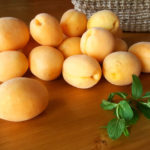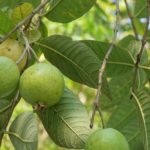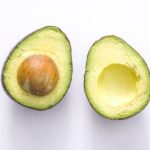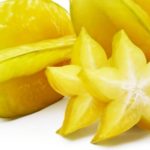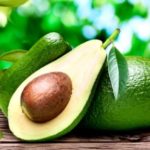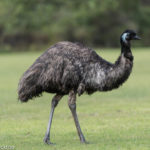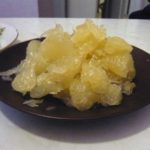25 interesting facts about carrots
 In some countries, carrots are considered a fruit, not a vegetable! And they use it everywhere in different ways – soups, salads, drinks, even pies and preserves … People very long ago appreciated the taste and useful properties of carrots, which is why it was so widely used. Although a few centuries ago it was much less tasty, but, fortunately, the efforts of breeders, this root crop was significantly improved.
In some countries, carrots are considered a fruit, not a vegetable! And they use it everywhere in different ways – soups, salads, drinks, even pies and preserves … People very long ago appreciated the taste and useful properties of carrots, which is why it was so widely used. Although a few centuries ago it was much less tasty, but, fortunately, the efforts of breeders, this root crop was significantly improved.
Carrots are in many ways unique. Antioxidants can be found in varying amounts in different products, but they are usually destroyed by heat treatment. But in carrots the opposite is true – during cooking, the antioxidant content rises by 2 times!
The first carrot discovered by an ancient man was purple. They began to grow it because of fragrant seeds and greens, since it was impossible to eat the root crop itself because of its strong bitterness. Over time, he managed to make it sweet and not so stiff.
Red, yellow and white varieties of carrots did not appear immediately. And it became completely orange only in the 17th century.
Carrots are useful both raw and ready-made. Boiled carrots are better absorbed by the body, but lose some of the vitamins. But it is also not worth overeating, in large quantities carrots can cause allergies and indigestion.
This root crop, eaten in large quantities, is able to give an orange tint to human skin or the plumage of a bird. This property of carrots is used by employees of some zoos to maintain the color of the plumage of pink flamingos.
The myth of the ability of carrots to improve eyesight in the dark appeared during the Second World War. The British military, in an attempt to hide new technologies for detecting enemy aircraft, claimed that pilots eat a lot of carrots, which is why they see at night as well as during the day. Vitamin A contained in carrots really strengthens the retina, but does not affect the ability to see in the dark.
The title of unofficial carrot capital is the small city of Holtville in the USA, California. It is there that every year, in February, the Carrot Festival is held. The holiday begins with the election of the “Carrot Queen” and lasts a whole week.
The world’s longest carrot is grown by British farmer Joe Atherton. Its length reached 5.84 m, which exceeds the length of a middle class car. But most of the record-breaking record carrot is its thin ponytail.
Carrot juice is rich in volatile, natural antiseptics. In addition, it contains a complex of vitamins and many salts of potassium, which dilates blood vessels and strengthens the heart muscle. One glass of juice a day is enough to halve the likelihood of a stroke.
Carrots are an indispensable vegetable for women. Due to the high content of beauty vitamin – vitamin A – it strengthens nails, hair, teeth, makes skin clean and smooth.
In 2011, a Swedish woman, Lena Paalson, harvesting on her site, discovered an unusual carrot decorated with a golden ring: the carrot grew in the ring, and it beautifully pulled it. Looking closer, Lena realized that this was her own ring, lost more than 15 years ago.
In Portugal, carrots make excellent jam and export it to Europe, but according to European law, jam can only be made from fruits. Therefore, carrots are legally considered a fruit.
In the XVII century, British ladies decorated the fields of their hats not only with flowers and feathers, but with leaves. Often – carrot leaves, which for a long time kept fresh, smelled pleasantly and had an elegant look.
Carrot tops are quite edible. It can be added to soups, main dishes and salads, as well as brew like tea.
Morning coffee can easily be replaced with a glass of fresh carrot. It has a high content of trace elements and vitamins, which makes this drink so invigorating and tonic.
Korean carrots were not invented in Korea, and in general it can rarely be found there. They invented this dish in the USSR. The basis was taken on a traditional Korean dish of kimchi – cabbage with spices, only scarce Chinese cabbage was replaced with carrots.
In 2007, Scottish scientists invented an environmentally friendly high-tech material based on carrots, which was called “karan”. They extracted nano-fibers from carrots and combined them with a special resin. Karan was first used to make ordinary fishing rods.
In Germany during World War II, “soldier’s” coffee was made from roasted carrots, a recipe for which is still preserved in some villages. This kind of drink has a pleasant aroma and taste.
Carrot fiber actively absorbs, and then removes harmful substances from the body.
Raw carrots increase appetite due to increased production of gastric juice. Therefore, it can not be used for exacerbations of peptic ulcer, colitis, indigestion, gastritis, acute inflammatory diseases of the pancreas and intestines.











